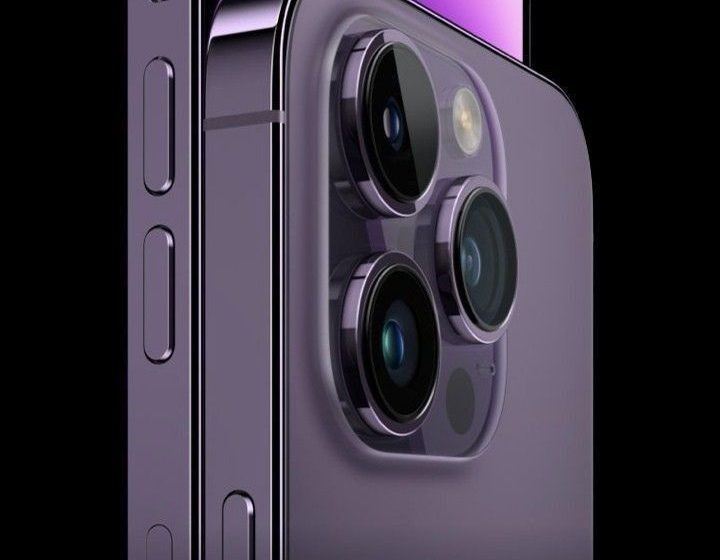Apple’s iPhone has consistently pushed the boundaries of smartphone photography, and the design of the camera module has been a key element in this evolution. The impending release of the iPhone 16 series marks a significant departure from the diagonal camera arrangement seen in recent models, reverting to a more traditional vertical layout. This design change is more than just an aesthetic tweak; it signifies a strategic shift in Apple’s camera development.
From Diagonal to Vertical: A Design Evolution
The iPhone 12 marked a departure from the previous vertical camera arrangement, introducing a diagonal layout that became a signature design element for subsequent models. While this design offered a distinctive aesthetic, it also posed certain limitations in terms of camera module size and internal component placement.
The return to a vertical camera setup in the iPhone 16 is a strategic move that offers several advantages:
- Increased Camera Module Size: A vertical arrangement provides more space for larger camera sensors. This can directly translate to improved image quality, particularly in low-light conditions.
- Enhanced Optical Image Stabilization (OIS): With more room for the camera module, Apple can implement more advanced OIS systems, resulting in sharper and steadier photos and videos.
- Improved Lens Design: A vertical layout allows for more flexibility in lens design, potentially enabling new focal lengths and optical zoom capabilities.
- Potential for Periscope Lens: Rumors suggest that the iPhone 16 Pro Max might feature a periscope lens, which requires additional space for the optical components. A vertical camera module provides the necessary room for this advanced technology.
Beyond Aesthetics: A Functional Shift
While the visual appeal of the camera module is undoubtedly important, the primary reason for Apple’s design change lies in its pursuit of enhanced camera performance. By adopting a vertical layout, Apple can optimize the camera system for better image quality, low-light performance, and advanced features.
- Larger Sensor Size: A larger sensor captures more light, resulting in improved image detail, dynamic range, and low-light performance.
- Advanced Image Processing: With more processing power available, Apple can implement sophisticated image processing algorithms to enhance color accuracy, noise reduction, and overall image quality.
- Improved Video Capabilities: The larger camera module can accommodate advanced video features, such as improved stabilization, higher frame rates, and better low-light video recording.
Implications for Future Models
The iPhone 16’s camera design change sets a precedent for future models. It’s likely that Apple will continue to refine and improve the vertical camera layout in subsequent generations. This could lead to even more significant advancements in camera technology, such as improved depth sensing, augmented reality capabilities, and advanced computational photography features.
While the iPhone 16 camera module may initially appear as a cosmetic change, it represents a crucial step in Apple’s ongoing pursuit of camera excellence. By optimizing the camera hardware and software, Apple aims to deliver an unparalleled photography and videography experience for its users.

